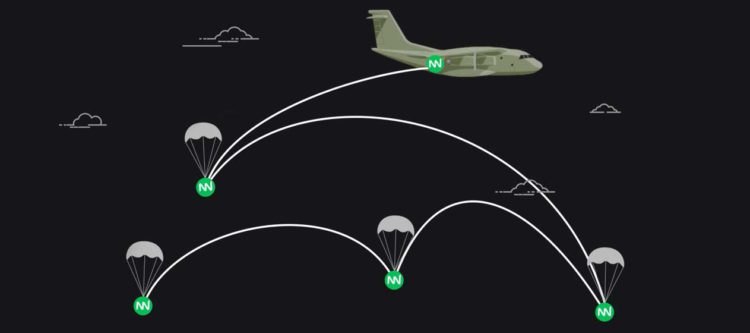Video | How goTenna’s mobile mesh network connects air-to-ground operators and moving assets

By simply deploying a goTenna Pro X2 device with each tactical operator involved in the military freefall exercise, users can track each other on a map or send messages at a 5-second Position, Location, Information (PLI) rate.
There are more benefits to mobile mesh for military freefall than simply providing visual communications and situational awareness. It can also help keep tactical operators safe and hidden on an adversary’s radar. The radio signals utilized in traditional voice comms can alert adversaries to the presence and locations of tactical operators. Each voice comm transmission takes five to ten seconds. If used frequently in enemy-controlled areas, this gives them catastrophic exposure to their adversaries.
In contrast, goTenna’s mobile mesh networking devices have the ability to “hide in the noise” – leveraging short, small bursts of signal that get lost in the other electronic signals around them. This makes it much more difficult for adversaries to identify the presence and location of allied warfighters. Also, since the communication is visual (text) and not voice, mobile mesh makes it much easier to communicate without audible noise – making it ideal for special operations and other stealth missions.
For more information, visit: https://go.gotennapro.com/militaryfreefall.







No Comment